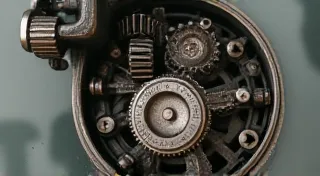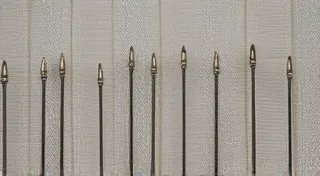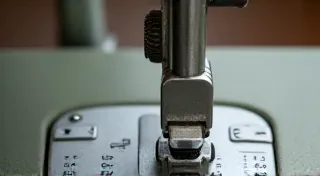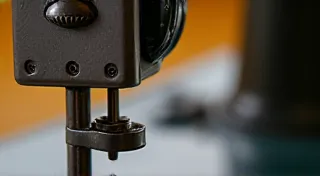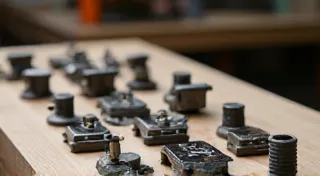The Ghost in the Gears: Diagnosing the Subtlest Maladies of Vintage Singers
There’s a profound beauty in holding a Singer sewing machine, particularly one crafted during the late 19th or early 20th century. It’s not merely the ornate decals, the gleaming black paint (often punctuated by the gold leaf lettering), or the intricate mechanics visible beneath the hand crank. It’s a connection to a different era, a time when craftsmanship was paramount, and machines were built to last – truly last. These weren’t disposable objects; they were heirlooms, workhorses, and a source of quiet pride. To own and, more importantly, to repair one is to inherit a lineage of skill and ingenuity. But sometimes, the journey isn’t straightforward. Far from a simple mechanical failure, many ailments in antique Singer sewing machines are phantom problems— elusive issues stemming from years of improper storage, modifications, or simply the cumulative effect of subtle wear.
I remember the first Singer I tackled as a young man— a 1903 Model 12, lovingly nicknamed “Bessie” by its previous owner. It looked magnificent, but the stitching was erratic, the bobbin shuttle locked frequently, and a peculiar clicking sound emanated from within the mechanism. My initial attempts at repair, relying on generic manuals and online forums, only exacerbated the issues. It wasn't a broken spring or a worn bearing – it was something far more subtle, a disturbance in the harmony of the machine’s dance. It was then I realized that diagnosing vintage Singers demands more than just mechanical knowledge; it requires a deep, almost intuitive understanding of the machine’s internal language.
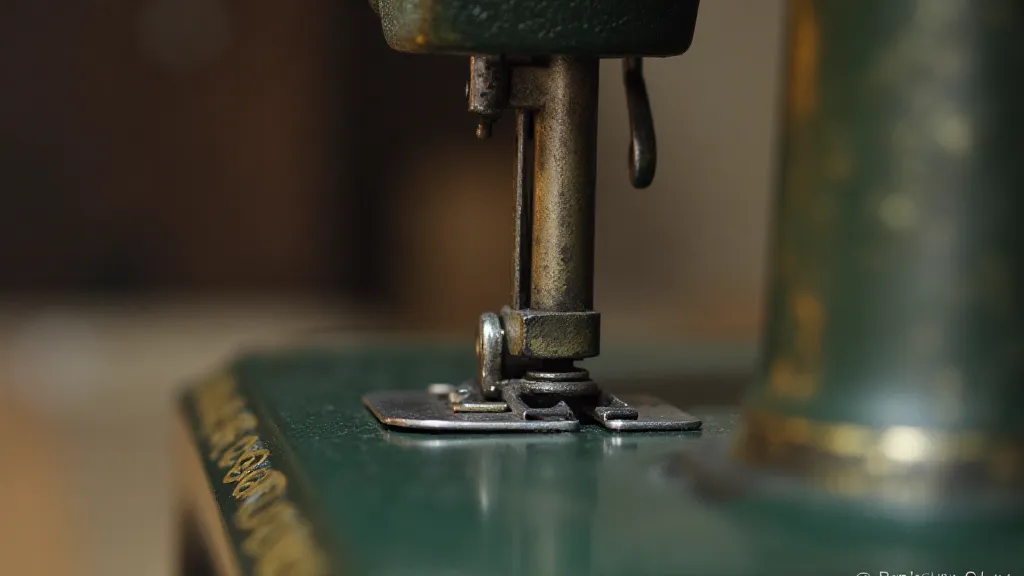
Beyond the Obvious: Listening to the Machine
Think of an antique Singer as a complex musical instrument. A badly tuned violin doesn’t just sound off; it feels wrong, the vibrations are dissonant. Similarly, a troubled Singer speaks to you—not with a clear, declarative statement, but with a subtle chorus of noises, hesitations, and anomalies. A rhythmic squeak might not indicate a dry bearing; it could be the consequence of a slight misalignment caused by a subtly warped base. A sudden jolt during the stitch cycle might not be broken feed dogs; it could be a pressure point in the needle clamp, subtly altering the needle’s trajectory.
The key is to *listen*—actively and attentively. Don't just hear the noises; analyze their character, their timing, their relationship to other movements. Record the machine’s operation with your phone and listen back. This often reveals nuances you missed during the initial assessment. Compare the sounds to known-good machines, if possible. What feels ‘right’ for a well-functioning Singer? What feels… off?
The Weight of History: Recognizing Environmental Impact
These machines have endured a lot. Decades of dust, humidity, extreme temperatures – all take their toll. Improper storage is a common culprit. A Singer left in a damp basement can develop rust internally, creating microscopic points of friction. A machine exposed to intense sunlight can have its paint fade and its decals crack. These seemingly minor cosmetic issues can have a surprising impact on mechanical performance. The effect of these conditions on the tension mechanism can often lead to inconsistent stitches, problems many Singer 66-4 owners face – a situation that might require a careful Singer 66-4 tension adjustment to rectify.
Consider a Singer that was repeatedly moved and jostled. Even slight shifts can cause parts to bind or become misaligned. A machine that spent years tucked away in a dusty attic may have sticky grease, preventing parts from moving freely. Sometimes, a “phantom problem” isn’t a problem at all, but simply the result of accumulated grime and neglect. Careful cleaning and lubrication, using appropriate oils and solvents (a subject for another article!), can often resolve these issues without requiring any part replacement. One common symptom of this neglect is difficulty in replacing the drive belt – a challenge many owners of a Singer 15-91 experience, often requiring careful cleaning and inspection before replacing the drive belt on a Singer 15-91.
The Collector’s Eye: Understanding Modifications and Repairs
Antique Singer collectors often encounter machines that have been modified or previously repaired. These modifications, however well-intentioned, can introduce new problems. A replacement bobbin shuttle, for instance, may not be an exact match for the original, leading to inconsistent stitching. A hand crank that was once tightened too much can distort the machine's frame. Identifying these modifications is critical to understanding the machine's overall condition and anticipating potential issues. Incorrect repairs can manifest in unexpected ways, and diagnosing these issues often requires a broader understanding of Singer models.
The ingenuity of past repairers is often admirable, but their techniques may not always align with modern understanding. Sometimes, a past repair may have masked an underlying problem, creating a vicious cycle of temporary fixes. A broken needle bar, temporarily secured with a crude shim, might later cause further damage to the presser foot mechanism. Recognizing these past interventions – identifying the "ghosts" of previous repairs – is a crucial part of the diagnostic process. Dealing with these complex issues often requires troubleshooting common problems, something many Singer 66-4 owners learn through dedicated resources – like understanding Singer 66-4 troubleshooting guides.
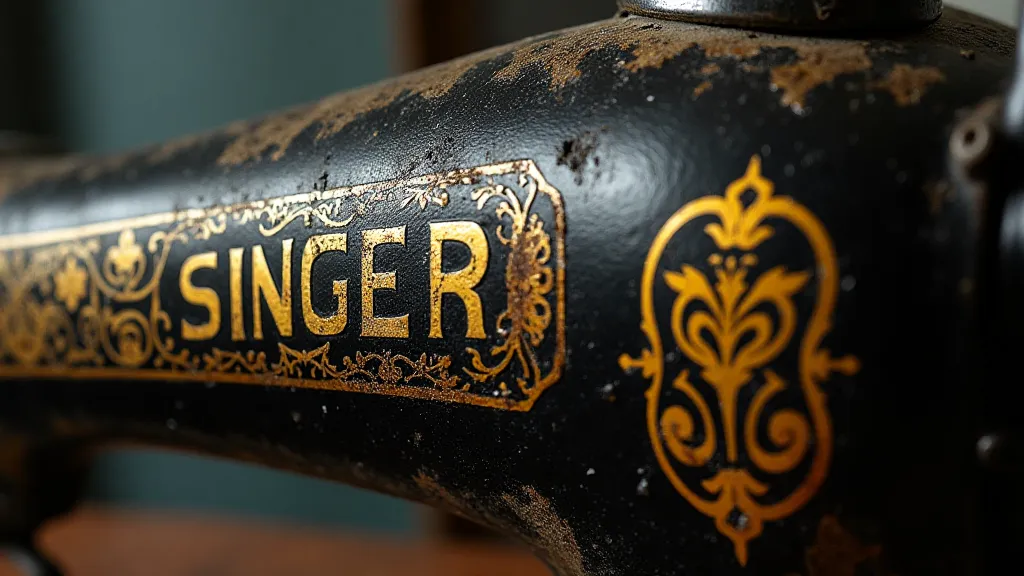
The Art of Intuition: Developing a "Feel" for the Machine
Ultimately, diagnosing subtle maladies in antique Singers goes beyond technical knowledge. It requires developing a "feel" for the machine, a sense of how it *should* behave. This comes from experience, from observing countless machines, from learning to recognize the subtle nuances of their operation. It’s about cultivating an almost intuitive understanding of their internal language. It's about moving beyond simply fixing a problem to understanding *why* it occurred, a skill honed through persistent observation and careful analysis.
Don’t be afraid to experiment – cautiously, of course. Loosen a screw slightly, and see if it changes the machine’s behavior. Gently manipulate a lever, and observe the effect on the shuttle mechanism. (Always document your actions and be prepared to undo them!). The more you work with these machines, the more you'll develop a sense of what’s “right” and what’s “wrong.” A frustrating symptom that seems inexplicable at first can often be resolved with careful manipulation and a touch of intuition. For example, issues with stitch formation on a Singer 201-2 can be perplexing, but dedicated resources offer insight into Singer 201-2 stitching troubleshooting techniques.
More Than Machines: A Legacy of Craftsmanship
Repairing antique Singer sewing machines isn't just about fixing mechanical problems; it's about preserving a piece of history. It's about honoring the skill and dedication of the craftsmen who built these machines, and ensuring that they continue to inspire future generations. Each machine tells a story—a story of innovation, of perseverance, and of the enduring power of human ingenuity. By taking the time to diagnose and repair these machines, we become part of that story, helping to keep their legacy alive. Preserving this legacy isn't just about mechanical repair; it'll require learning from the machine itself, understanding its intricacies and appreciating its history. It's about becoming more than a repairer, but an interpreter of the machine's silent story.
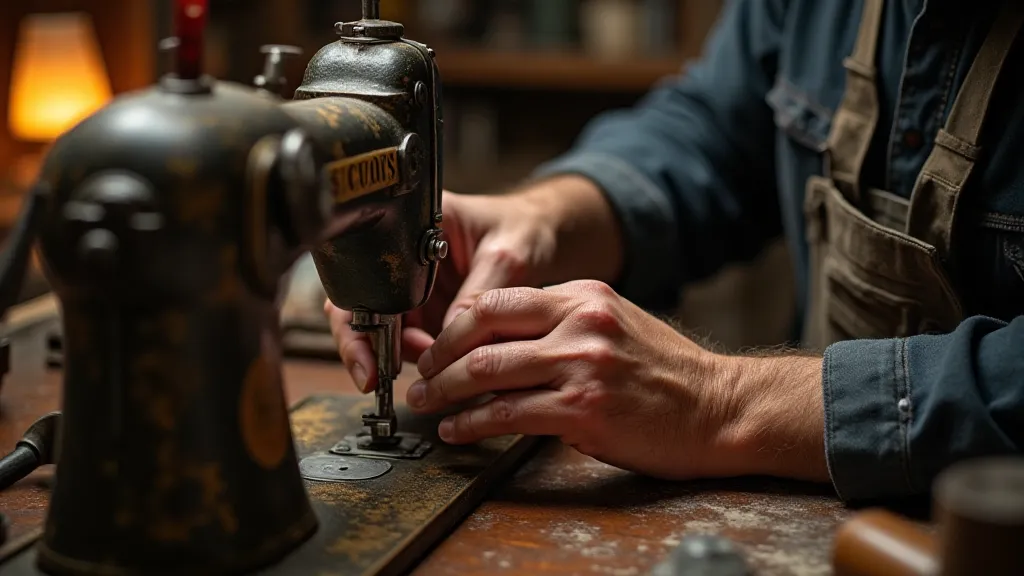
And sometimes, the greatest reward isn’t just a machine restored to perfect operation, but the quiet satisfaction of connecting with a past era and feeling the echoes of the hands that built it. The journey of a vintage Singer is often a long one. It's a machine that embodies tradition, a witness to countless projects and a symbol of a time gone by. To heal these machines is to reconnect with the past, a silent testament to the perseverance of human ingenuity and artistry. The machines carry a history within them, a history that deserves to be preserved and honored.

